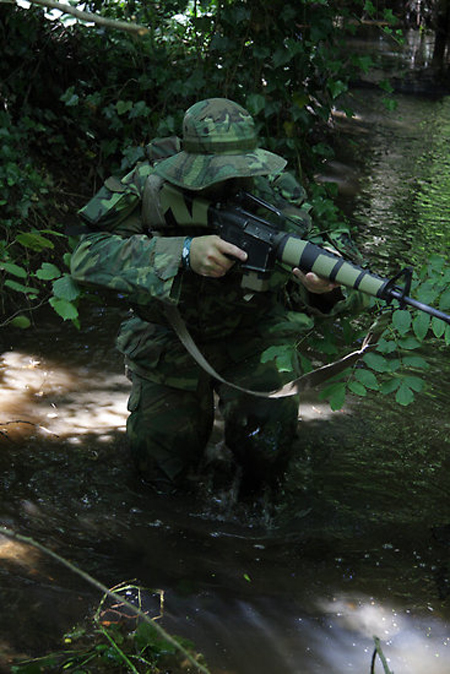
The United States Navy Sea, Air, and Land Forces, commonly known as the Navy SEALs, are the Special Operations Forces of the United States Navy, employed in direct action and special reconnaissance operations. SEALs are also capable of employing unconventional warfare, foreign internal defense, counter-terrorism, and other missions.
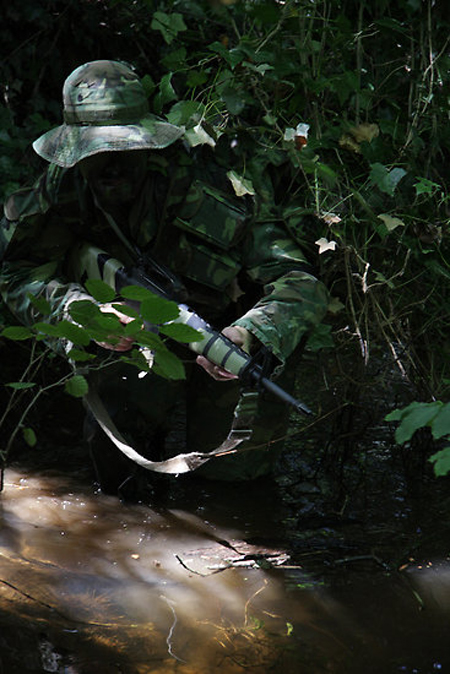
The Pacific Command recognized Vietnam as a potential hot spot for conventional forces. At the beginning of 1962, the UDT started hydrographic surveys and Military Assistance Command Vietnam (MACV) was formed. In March 1962, SEALs were deployed to South Vietnam for the purpose of training Army of the Republic of Vietnam commandos in the same methods they were trained themselves.
The Central Intelligence Agency began SEAL covert operations in early 1963. At the outset of the war, operations consisted of ambushing supply movements and locating and capturing North Vietnamese officers. Due to poor intelligence information, these operations were not very successful. When the SEALs were given the resources to develop their own intelligence, the information became much more timely and reliable.[citation needed] The SEALs and Special Operations in general started showing an immense success rate, earning their members a great number of citations.[citation needed]
The SEALs were initially deployed in and around Da Nang, training the South Vietnamese in combat diving, demolitions, and guerrilla/anti-guerrilla tactics. As the war continued, the SEALs found themselves positioned in the Rung Sat Special Zone where they were to disrupt the enemy supply and troop movements and in the Mekong Delta to fulfill riverine operations, fighting on the inland waterways.
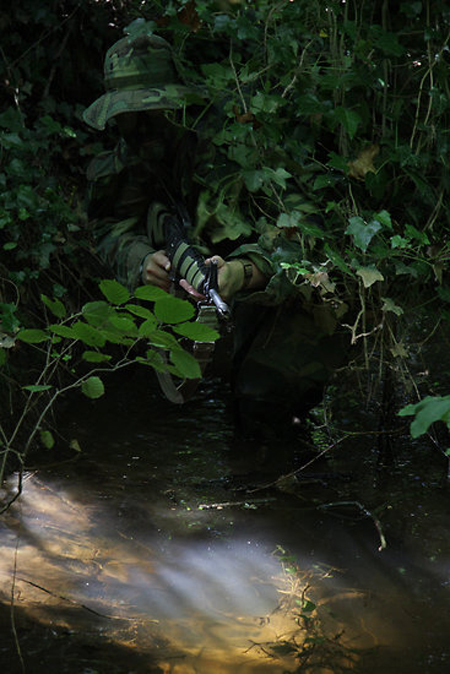
Combat with the Viet Cong was direct. Unlike the conventional warfare methods of firing artillery into a coordinate location, the SEALs operated within inches of their targets. Into the late 1960s, the SEALs were successful in a new style of warfare, effective in anti-guerrilla and guerrilla actions. The Viet Cong referred to them as "the men with green faces," due to the camouflage face paint the SEALs wore during combat missions.
SEALs continued to make forays into North Vietnam and Laos, and unofficially into Cambodia, controlled by the Studies and Observations Group. The SEALs from Team Two started a unique deployment of SEAL team members working alone with South Vietnamese Commandos (ARVN). In 1967, a SEAL unit named Detachment Bravo (Det Bravo) was formed to operate these mixed US and ARVN units, which were called South Vietnamese Provincial Reconnaissance Units (PRUs).
At the beginning of 1968, the North Vietnamese and the Viet Cong orchestrated a major offensive against South Vietnam: the "Tet Offensive." The North hoped it would prove to be America's Dien Bien Phu, attempting to break the American public's desire to continue the war. As propaganda, the Tet Offensive was successful in adding to the American protest of the Vietnam war. However, North Vietnam suffered tremendous casualties, and from a purely military standpoint, the Tet Offensive was a major disaster for the Communists.
By 1970, President Richard Nixon initiated a Plan of Vietnamization, which would remove the US from the Vietnam conflict and return the responsibility of defense back to the South Vietnamese. Conventional forces were being withdrawn; however, SEAL operations continued.
On 6 June 1972, Lt. Melvin S. Dry was killed entering the water after jumping from a helicopter at least 35 feet above the surface. Part of an aborted SDV operation to retrieve prisoners of war, Lt. Dry was the last Navy SEAL killed in the Vietnam War.
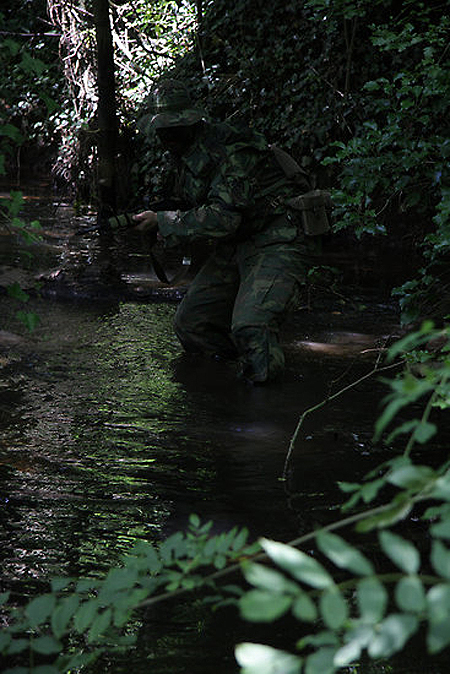
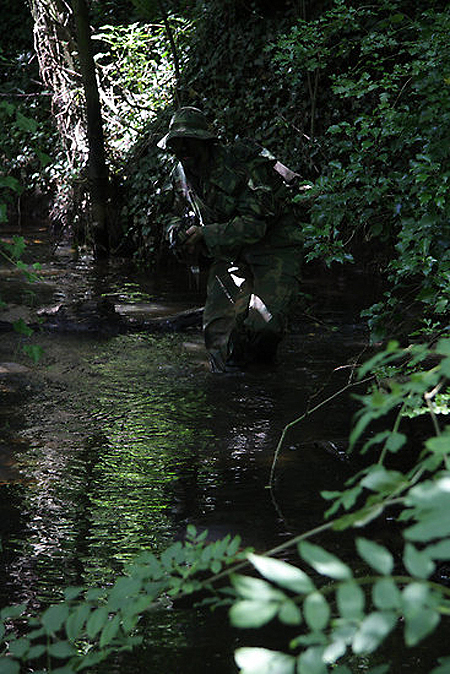

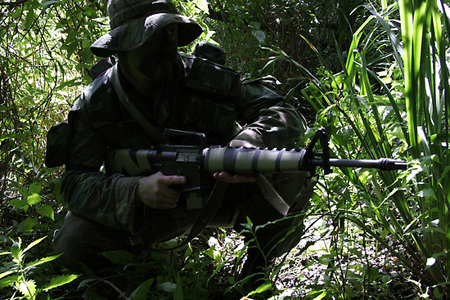
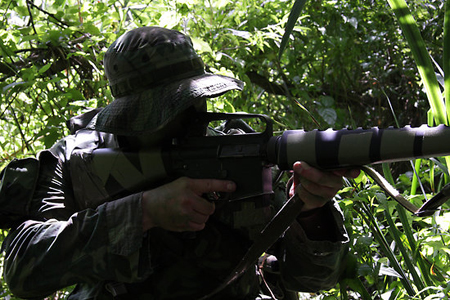
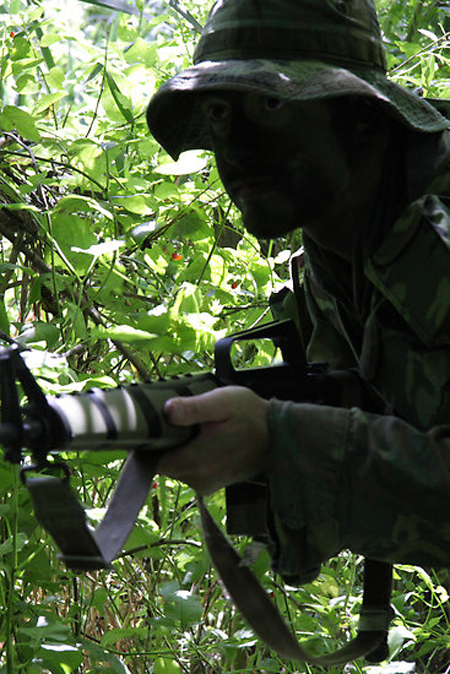
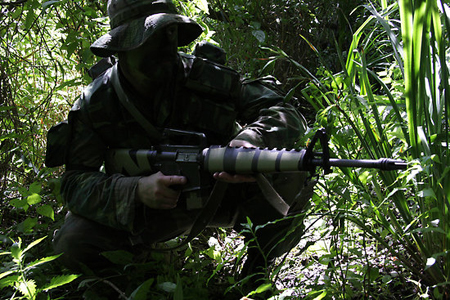
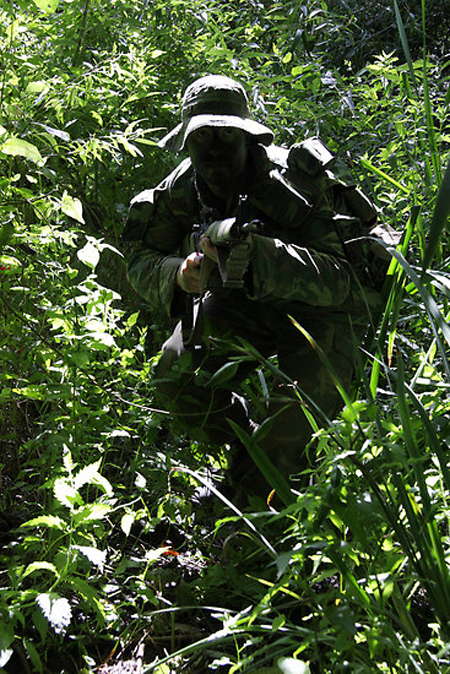
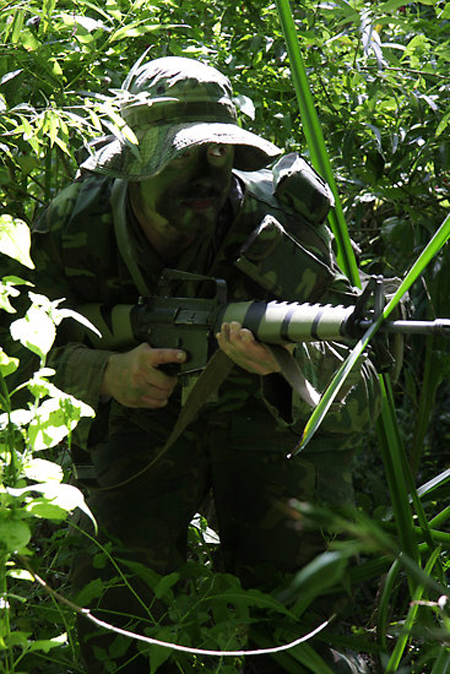
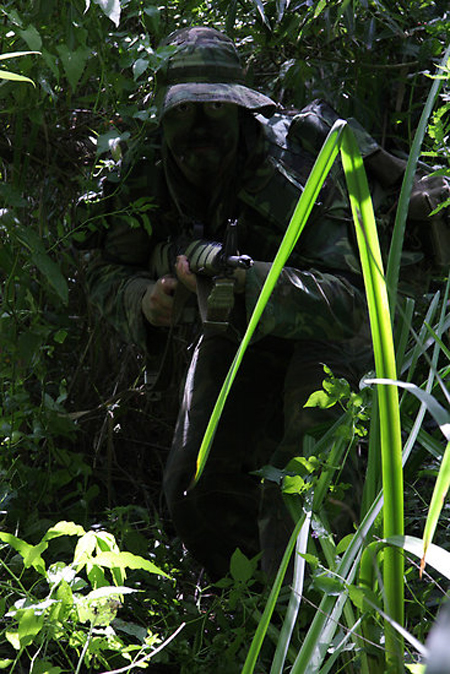
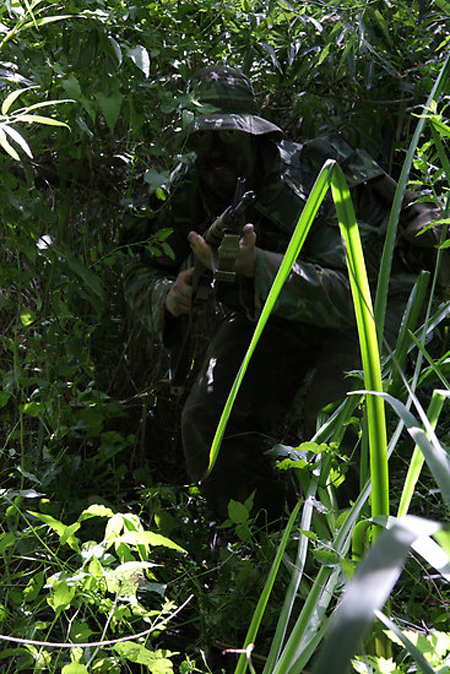
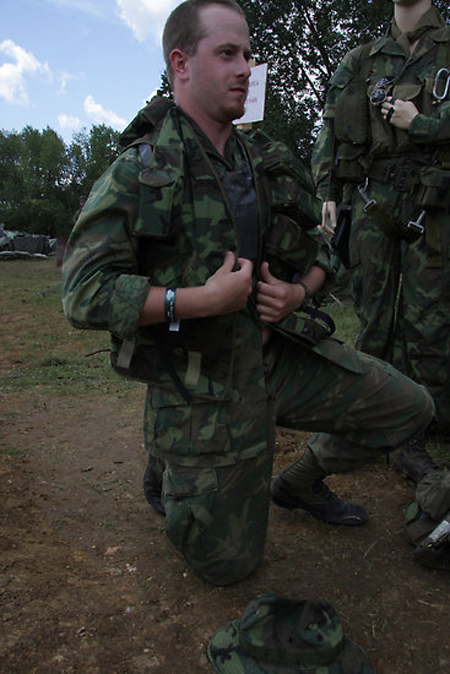
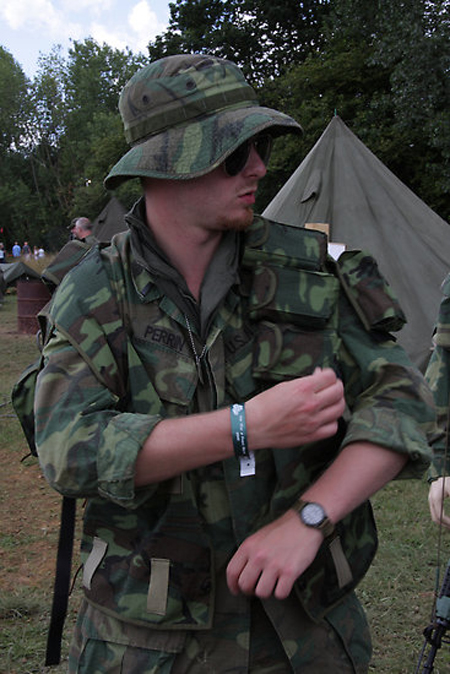
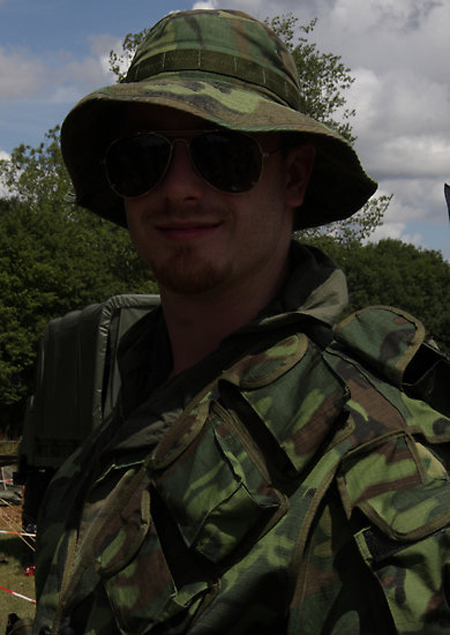
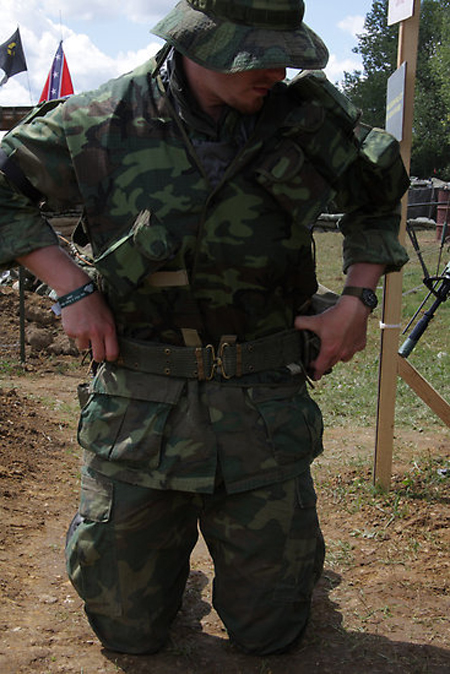
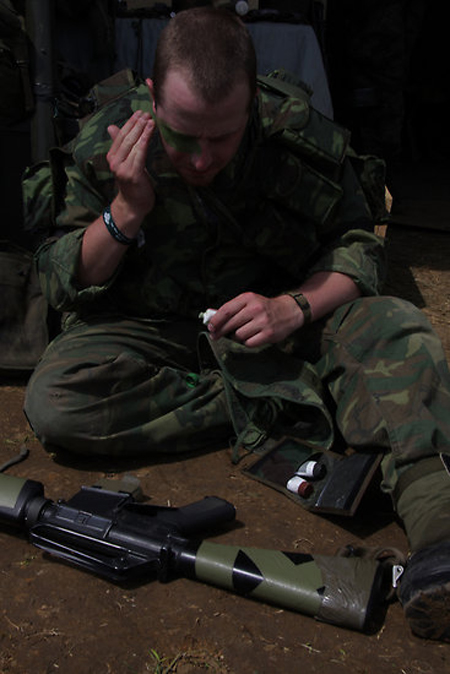
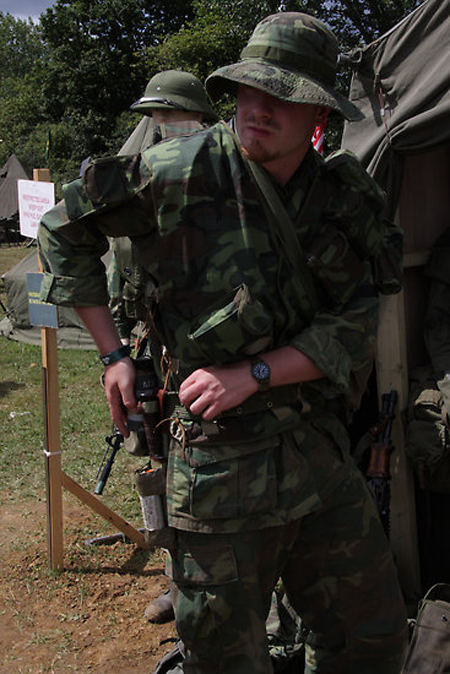
Photographs: Paul Bishop
|
